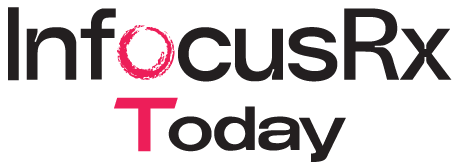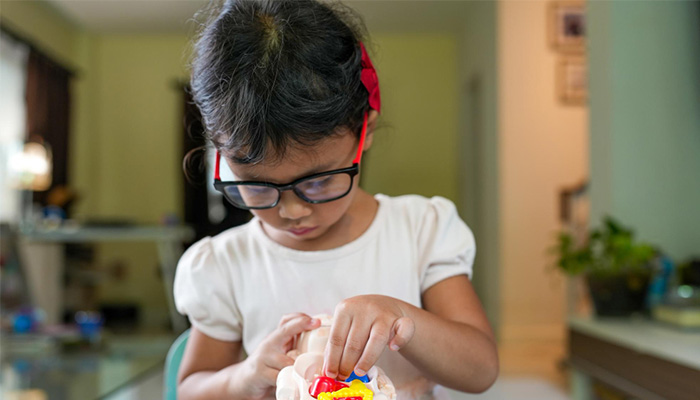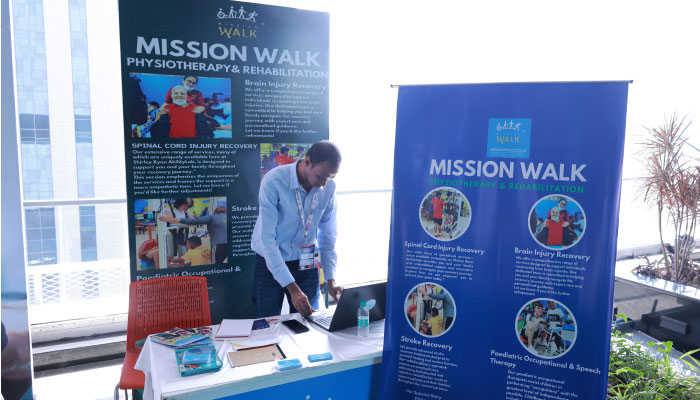German measles or rubella will infect pregnant women in the 30th week of their pregnancy. Upon birth, the newborn was found to have extreme jaundice. As the months go on, the baby will start exhibiting developmental delays. The baby will have difficulty with eating, crawling, walking, and speech development. Following a series of diagnostic tests by the physician, the child may be diagnosed with cerebral palsy.
Understanding Cerebral Palsy
Cerebral palsy is not a disease, but a group of disabilities that affects children at early stages of life. It might be mild or severe. Children with cerebral palsy will have muscles that are weak or rigid, resulting in disorganised muscle movements and difficulty in balancing them.
Cerebral palsy can develop at any stage, including the foetus stage, during delivery, or after the birth of the child. If a woman develops an illness like chicken pox or rubella during her pregnancy, there is a chance that the growing foetus might suffer from brain damage and develop cerebral palsy. If the blood flow to the growing foetus is interrupted, cerebral palsy results from a foetus stroke.
After the birth, lack of oxygen to the baby’s developing brain may cause damage that results in cerebral palsy. Severe meningitis, or swelling of the membranes around the brain and spinal cord, severe jaundice, viral encephalitis, or swelling of the brain as a result of viral infection can cause cerebral palsy in children. Malnutrition, lead poisoning, shaken baby syndrome, and trauma to the head during a car accident are the other causes of cerebral palsy.
Types of Cerebral palsy
There are three types of cerebral palsy. One leg on one side, both legs, or both arms may be affected in Spastic Cerebral Palsy, and the child may have difficulty in movements as their muscles become rigid. In the athetotic type of cerebral palsy, the whole body is affected and the body exhibits uncontrolled, sluggish movements. The ataxic type of cerebral palsy is the least common and there is a lack of balance and coordination in the body.
Symptoms
A child with cerebral palsy may have stiff or floppy muscles with no muscle coordination (ataxia), and involuntary movements or tremors. Spasticity, also known as excessive reflexes, and athetosis, or slow writhing motions, are two possible symptoms. The child may experience delays in sitting up or crawling, as well as difficulty in speaking, walking, sucking or feeding. The child may use only one side of body like reaching things with only one hand. The other problems associated with cerebral palsy included mental retardation, disability in learning, difficulty in hearing, vision problems, seizures, dental problems, and involuntary leakage of urine.
Diagnosis
A series of tests may be conducted by the doctor to check for brain injury. A magnetic resonance imaging process is used to get the necessary images of the brain to obtain a 3D cross-sectional image of the brain. The entire process is painless and lasts around an hour. Another method is cranial ultrasonography, which uses high-frequency sound waves to provide precise pictures of the brain. A Computerised tomography, sometimes known as a CT scan, is performed to obtain cross-sectional pictures of the child’s brain. This procedure takes around 20 minutes, and to keep the child in the same position, a mild sedative is administered. If the child suffers from seizures, an EEG (electroencephalogram) is performed to monitor the child’s brain activity.
Laboratory testing, including blood tests, and assessment exams by specialists is carried out to rule out underlying problems that may cause cerebral palsy. The exams are performed to determine whether the child has any conditions such as blood clotting abnormalities, hearing loss, visual issues, speech impediments, mental retardation, or developmental delays.
Treatment
There is no cure for cerebral palsy. The doctor may suggest therapies that are beneficial for the child, though. Exercise and muscle training are used in physical therapy to assist children in improving their balance, coordination, flexibility, and muscular strength. To increase their capacity to walk, the children also learn to utilise a wheelchair, crutches, braces, and splints. In occupational therapy, the child is shown how to carry out everyday tasks like writing and developing motor skills at home and school. The child receives instructions on how to eat and swallow as well as verbal or sign language communication during speech therapy.
Muscle relaxants may be used to reduce muscle stiffness. Baclofen, dantrolene (dantrium), tizanidine (Zanaflex), and diazepam (intensol, valium) are a few of the muscle relaxants. Anticonvulsants are prescribed by doctors in cases of seizures. Injections of Botox are administered directly into the muscle or nerve to alleviate muscular stiffness.
Children with malformed bones and joints should consider orthopaedic surgery. The operation aids in realigning bones and joints as well as lengthening muscles and tendons that become excessively short as a result of contractures. To relax the muscles and lessen discomfort, the nerves that innervate the spastic muscles are surgically corrected.
Inspiring Jerry Traylor
“Only one person has jogged across America on crutches, whereas twelve people have landed on the moon.” Jerry Traylor, a well-known motivational speaker with cerebral palsy, is summed up in just one line. When Jerry was just 6 years old, he spent a year in the hospital undergoing 14 corrective procedures to correct his cerebral palsy-related walking impairment. After that, Jerry overcame his infirmity to run in 35 marathons and summit 14,110-foot Pike’s Peak. To quote Jerry, “Success is learning to control our limitations, rather than allowing those limitations to gain control over us.”



